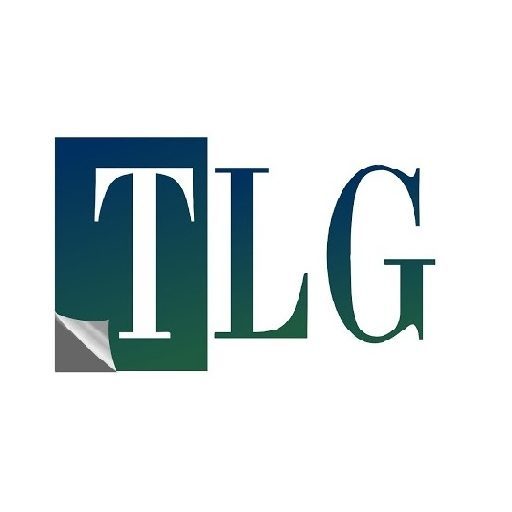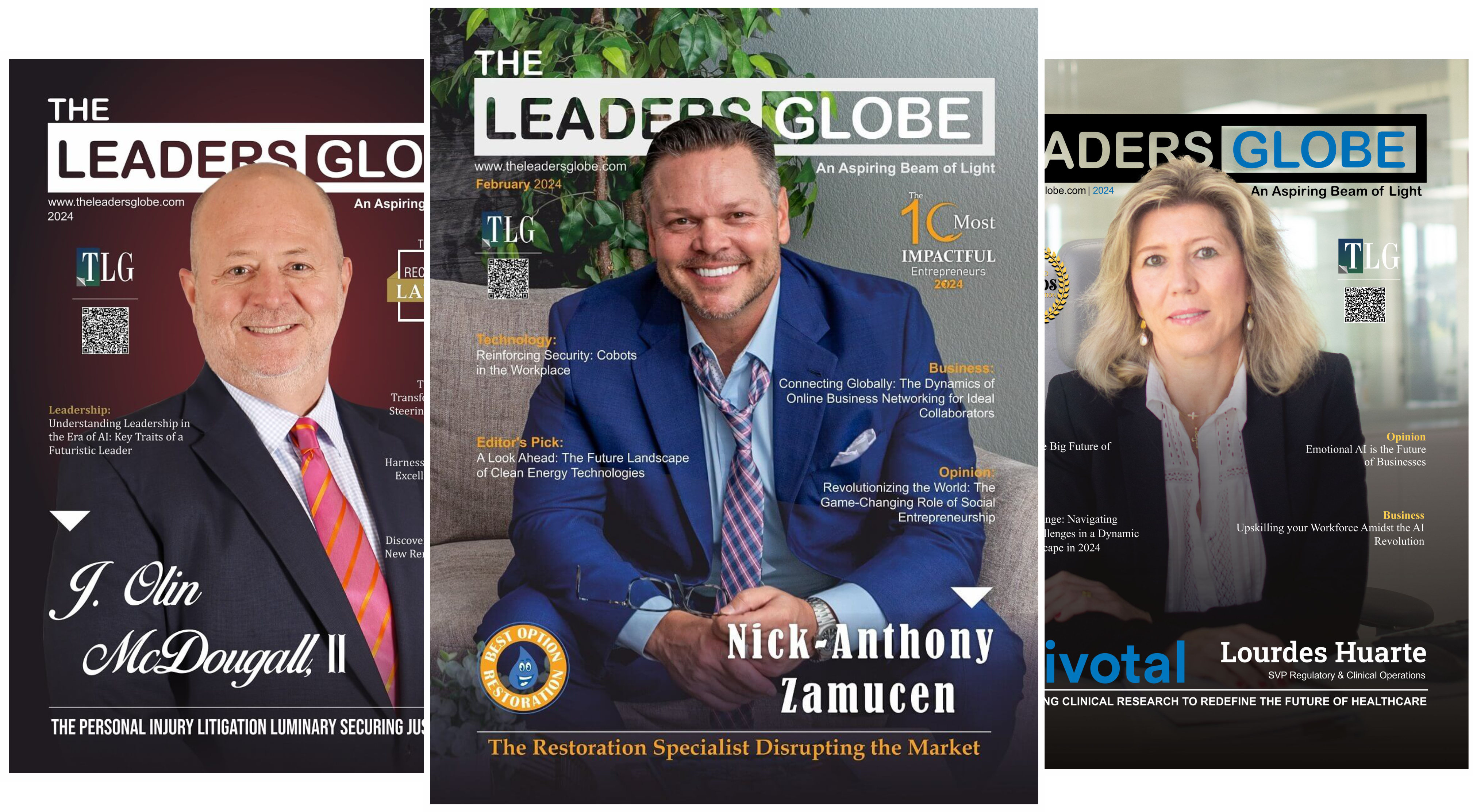The hybrid work model, a blend of remote and in-person work, is reshaping the leadership landscape. As organizations adapt to this new norm, leaders must embrace innovative strategies to foster engagement, collaboration, and productivity. Below, we explore key trends that will define leadership in 2024 and how leaders can effectively navigate this evolving terrain.
Understanding the Hybrid Work Model
The hybrid work model has emerged as a response to changing employee expectations. Workers increasingly prioritize flexibility, valuing the freedom to choose their work environment. This shift demands leaders not only understand the logistical elements of hybrid work but also address the emotional and psychological needs of their teams.
- Flexibility vs. Structure: Striking the right balance between flexibility and structure is crucial. Leaders should create guidelines that empower team members to perform effectively while maintaining organizational cohesion. For instance, defining core working hours while allowing flexibility in task completion can ensure both productivity and work-life harmony.
- Diverse Preferences: Employees have varied working preferences. While some thrive in the focused environment of remote work, others find energy in the collaborative dynamics of the office. Leaders must recognize and accommodate these differences, leveraging them to build diverse, high-performing teams.
Adaptive Leadership Styles
In 2024, adaptability will be the hallmark of effective leadership. The hybrid model challenges traditional management methods, requiring leaders to cultivate new skills and approaches.
- Communication Skills: With dispersed teams, clear and consistent communication is non-negotiable. Leaders should harness tools like video conferencing, instant messaging, and project management platforms to keep everyone aligned. Regular check-ins and virtual town halls can bridge gaps and foster connection.
- Empathy and Understanding: Empathy has become an indispensable trait for leaders. By actively listening to their teams and understanding individual challenges—be it juggling family commitments or coping with isolation—leaders can create a supportive and inclusive work culture. As leadership expert Amy Baker highlights, “Building a culture of trust and accountability is vital” in hybrid settings.
Building Trust and Transparency
Trust is the cornerstone of any effective leadership model, but it becomes even more critical in hybrid environments, where face-to-face interactions are limited.
- Open Communication: Encouraging team members to voice concerns and share challenges helps build trust. Leaders should actively seek feedback and demonstrate a willingness to act on it, signaling that every voice matters.
- Transparency in Decision-Making: Transparent leaders build stronger, more cohesive teams. Sharing the rationale behind decisions and involving team members in planning fosters a sense of ownership and belonging, ensuring alignment with organizational goals.
Fostering Engagement and Inclusion
Engaging a hybrid workforce requires deliberate effort. Leaders must foster an inclusive culture where every team member feels valued and connected, regardless of location.
- Psychological Safety: A culture of psychological safety encourages employees to share ideas and concerns without fear of judgment or retaliation. This openness not only boosts engagement but also drives innovation and problem-solving.
- Equal Opportunities: To avoid inequities, leaders should ensure that remote and in-office employees have equal access to opportunities like training, mentorship, and career advancement. This commitment to fairness builds a united and motivated workforce.
Leveraging Technology for Collaboration
As hybrid work relies heavily on technology, leaders must strategically implement tools that enhance productivity and foster collaboration.
- Collaboration Platforms: Platforms like Slack, Microsoft Teams, and Asana enable seamless communication and task management across remote and in-office teams. Leaders should ensure these tools are user-friendly and accessible.
- Virtual Team-Building: Technology also supports team-building activities that bridge the physical divide. Virtual happy hours, online workshops, and gamified training sessions can help nurture camaraderie and strengthen team dynamics.
Emphasizing Well-being
In hybrid work environments, the lines between work and personal life often blur, making employee well-being a top priority for leaders.
- Mental Health Support: Proactively offering mental health resources—such as counseling services or stress management workshops—demonstrates a leader’s commitment to employee welfare. Regularly checking in with team members can also help identify and address potential burnout early.
- Work-Life Balance Initiatives: Initiatives like flexible schedules, wellness programs, and mandatory offline hours can help employees maintain balance, ultimately boosting productivity and morale.
Continuous Learning and Development
In a rapidly evolving business landscape, fostering a culture of continuous learning is essential.
- Skill Development Programs: By providing access to training in emerging technologies and industry trends, leaders can empower employees to stay competitive and innovative.
- Feedback Loops: Establishing regular feedback mechanisms helps teams refine their strategies, improve performance, and stay aligned with organizational objectives. Leaders should foster an open dialogue where employees feel heard and valued.
Conclusion
Hybrid work is not a static endpoint but an ongoing evolution. Leaders who succeed in 2024 and beyond will be those who remain agile, empathetic, and innovative. By embracing the transformative trends shaping leadership, they can inspire, support, and guide their teams to achieve shared goals—regardless of physical boundaries.
Leadership, at its core, remains about connecting with people and steering them toward a common vision. In a hybrid world, this connection must transcend physical presence, fostering trust, collaboration, and mutual growth.




